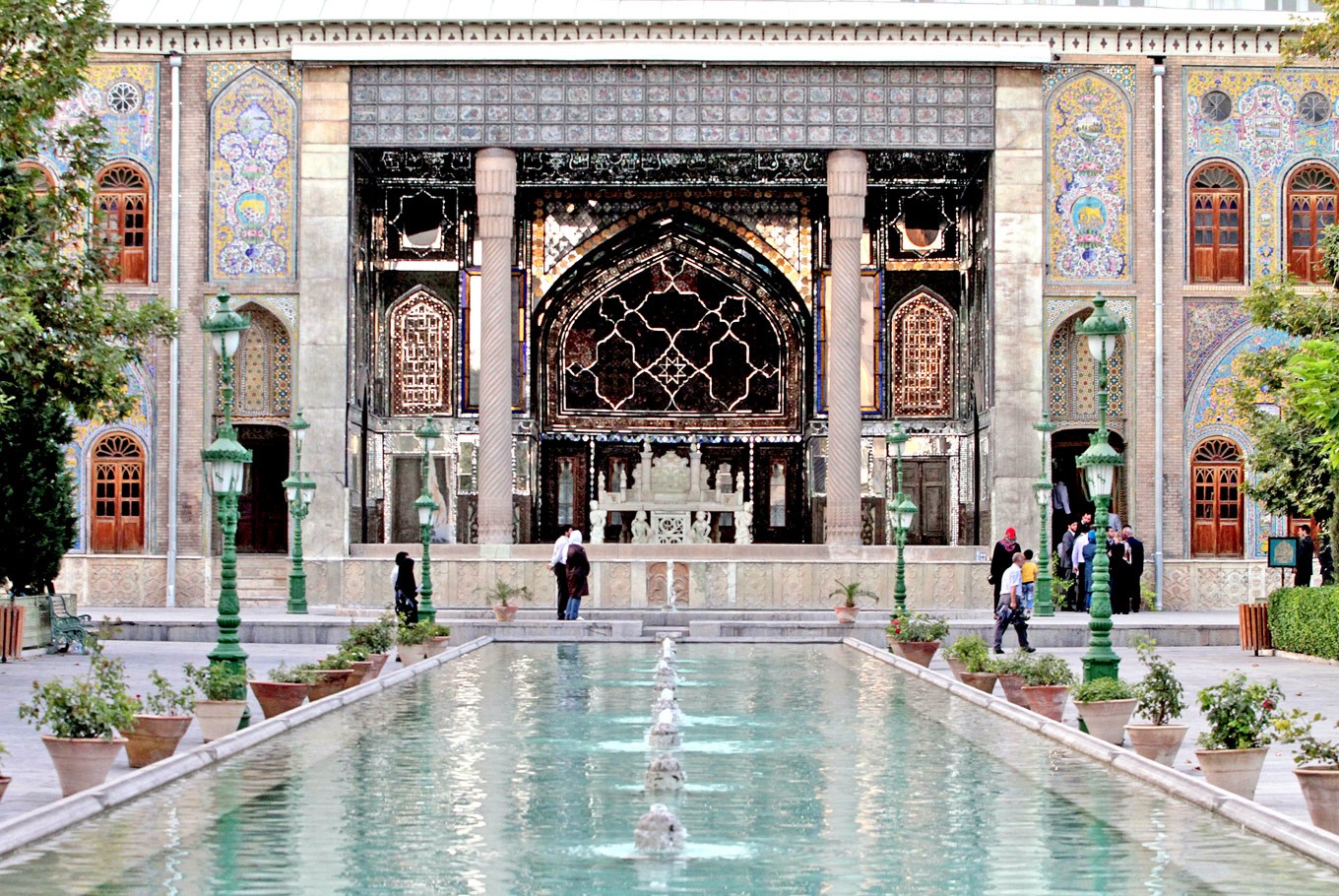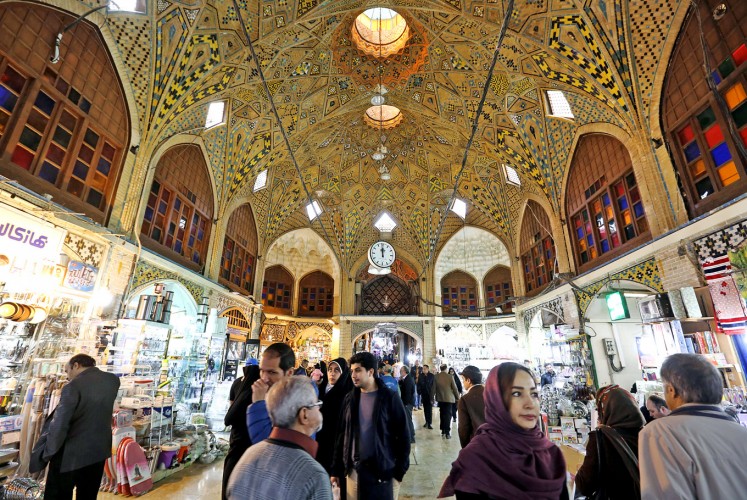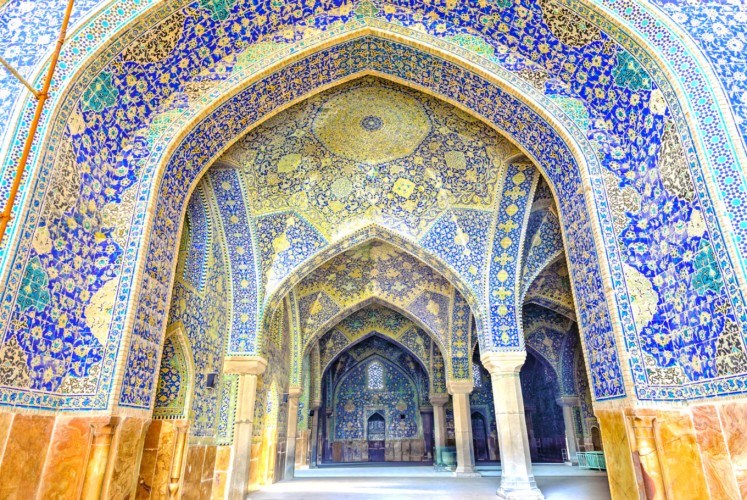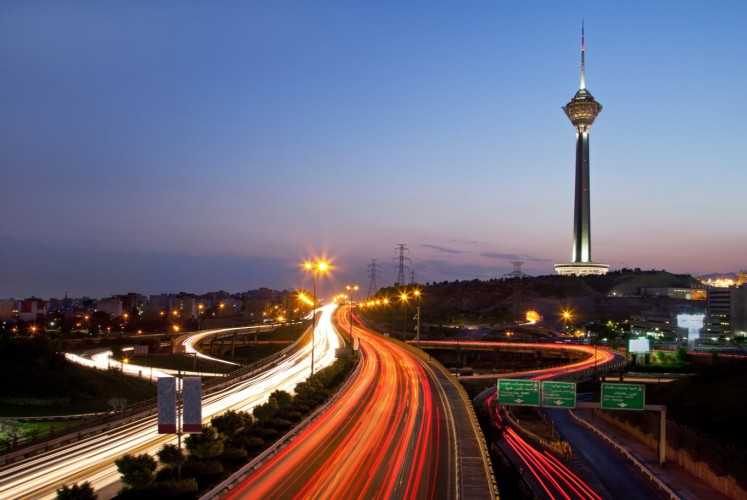Popular Reads
Top Results
Can't find what you're looking for?
View all search resultsPopular Reads
Top Results
Can't find what you're looking for?
View all search resultsTehran: A modern historic city
The Iranian capital of Tehran looks and feels more like a European city than any stereotypical picture of a Middle Eastern city.
Change text size
Gift Premium Articles
to Anyone
I
ran’s Ministry of Culture and Islamic Guidance invited a group of journalists, including from The Jakarta Post, to visit the Islamic republic. Here is the report.
Most people know Tehran either from global news outlets based in the West, which usually portray Iran as a menace to the Middle East, or from the seminal works of Iranian film director Majid Majidi, like Children of Heaven, a charming movie about the simple life of an ordinary Iranian family.
In many cases, people are probably confused — being exposed to conflicting portrayals of the old city. How does it feel to live under an Islamic regime? And what does Iran look like after years of economic sanctions?
I do not pretend to be able to give you an intimate portrayal of the city and its people after visiting the Iranian capital for only seven days, but there is no question that, politics aside, the city is larger than the typical news reports about it in Western media, and, with all its familiarities and idiosyncrasies, it has much to offer a tourist who seeks the wonder of a modern historic city.
Tehran was cold when I landed at Imam Khomeini International Airport in late January. The weather and the landscape around the airport, an hour’s drive from downtown Tehran, reminds me of cities in the southwest of the United States, Iran’s archenemy in global politics.
Iran has done a good job in building its infrastructure despite years of economic embargo, an achievement that one Iranian official told me could only be achieved by “keeping our faith in God.”
It was Friday, a holiday in Iran, when most people spend their time at home, at mosques and in shrines.
It was only days after a series of rallies staged by Iranian youth protesting the government over high inflation and unemployment, but that day, people went on with their lives, roaming the city with their (mostly old) cars and motorcycles.
“It’s perfectly safe here,” said the Indonesian ambassador to Iran, Octavino Alimudin.
Bargain hunting: Iranians shop at Tehran's historic Grand Bazaar. (AFP/Atta Kenare)Iran has certainly suffered under the economic sanctions imposed on the country by world powers, particularly the US. “The economy is sick,” a local resident said. But the city has remained vibrant and managed to keep its charm.
You can see that when visiting the Grand Bazaar, a historical market from which the Indonesian word pasar originated. A labyrinth of bustling streets and alleys was packed with bazaaris (shopkeepers), selling and haggling with buyers, which in it itself is a historical sight and a wonder to foreign tourists.
You can find clothes, spices, jewelry, handicrafts and carpets; some of the alleys specialize on a specific commodity. Do note that Iranian banks face restrictions, so you must bring a lot of cash to go shopping at the bazaar.
The interior of the historic Shah Mosque — now named the Imam Mosque. (Shutterstock.com/Richard Yoshida)The historic Shah Mosque — now named the Imam Mosque — is located next to the bazaar. And the majestic Golestan Palace, the former royal Qajar complex, is within walking distance from the historic site.
The royal complex is a testament to the superiority of Persian architectural design. Don’t miss the Marble Throne or Takht e Marmar, with its splendid veranda built in 1806 by Fath Ali Shah of the Qajar dynasty. The marvelous throne is adorned with intricate marble carvings, paintings, tile-work, woodcarvings and enamel — you just cannot help but feel awe.
Tehran continues to evolve by building new landmarks that are as enthralling and captivating as the older structures. Two of the city’s modern attractions we had the chance to visit are the Tabiat Bridge and the Milad Tower.
The Tabiat Bridge, which connects the two largest parks of Tehran, is more than just a bridge. The idea behind the largest pedestrian overpass in the city is that a bridge is more than just a structure connecting one place to another. It’s also a place to hang out, from which you can see the city’s panorama.
The bridge, constructed in 2010 and completed in 2014, was designed by Diba Tensile Architecture.
The Milad Tower, the sixth-tallest tower in the world, could easily be seen as an Iranian attempt to show the world that it is standing tall amid global pressure. (Shutterstock.com/Borna_Mirahmadian)The Milad Tower, the sixth-tallest tower in the world, could easily be seen as an Iranian attempt to show the world that it is standing tall amid global pressure.
Officially opened in 2009, the 435-meter high tower, which is integrated with an exhibition hall, an IT park and restaurants, is a perfect place for leisure and for gazing at the city’s bustling life.
Certainly, there are rules that need to be followed in Tehran, as the capital of an Islamic republic. But the people of Tehran appear to be more casual than the strict rules imposed by the Islamic regime. At the Tabiat Bridge, for instance, you can find couples spending an afternoon, holding hands.
In the Milad Tower, you can encounter the more affluent Iranians enjoying the night (it costs around US$40 to tour the site for an entire day).
Tourism is growing in Iran, which attracted about 6 million foreign visitors last year. That was a major achievement compared with the previous years, when fewer than 3 million tourists visited the country due to economic sanctions.
The country could have done better, given the various tourist attractions in Tehran alone, not to mention other cities, such as Isfahan or Qom.
It surely takes more than seven days to get to know and enjoy Tehran with all its wonders, mysteries and paradoxes, but my short visit was enough to bust the stereotypes. I wish I could go back and stay longer.
_____________
Editor's note: The first version of this article noted that the Tabiat Bridge was designed by Leila Araghian. It has been edited to replace the architect's name with the company.










